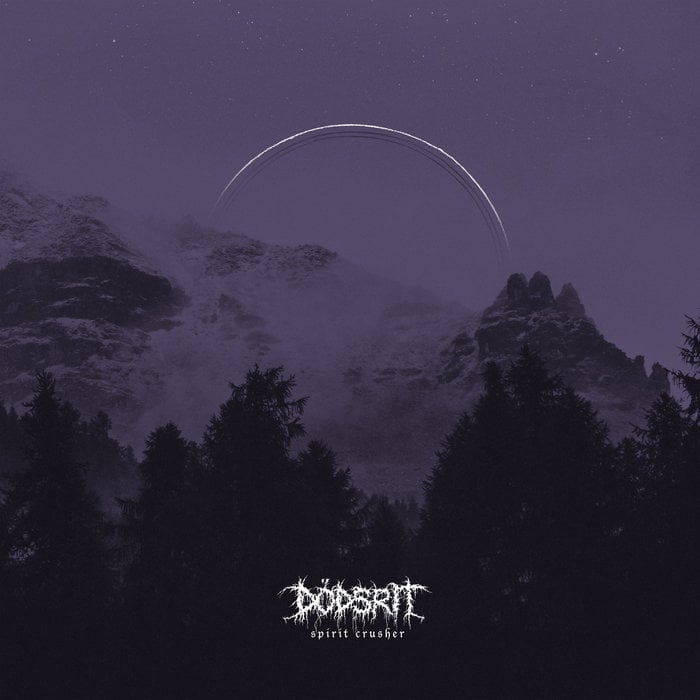A server in a friend/family member’s home. All of the cloud based backups I’ve encountered seem either unaffordable or have annoying limitations.
- 3 Posts
- 172 Comments

 4·11 days ago
4·11 days agoThinking about setting up a NixOS or Guix firewall/router. I like OpenWRT but upgrades are a bit annoying, although should improve with the new packaging system.
The idea of having a single config file I can deploy on new hardware almost immediately is very appealing, however.
It’s enough if you just need access in a VM or over a lan (depending on your threat model) but agreed.
but there’s no NFS on Windows anyway
There is, although only the client and only v3 support.

 2·14 days ago
2·14 days agoTailscale/Wireguard are installed on the KVM itself, not the server you are trying to access. It’s just a Linux machine after all.

 2·14 days ago
2·14 days agoI don’t know if the JetKVM supports it, but PiKVM and BliKVM support adding a multi-port KVM switch to it (see: https://docs.pikvm.org/multiport/).
It’s a bit finicky depending on the device you use (some will require custom cables).

 2·14 days ago
2·14 days agoPrices vary but there’s also BliKVM where the V3 version is essentially a clone of the PiKVM (and goes for around 90 USD) and they have their own Allwinner chipset version that I have seen even cheaper than that (although not currently). So not too out of the ordinary.

 3·14 days ago
3·14 days agoWorth noting here that KVMs are potentially a quite Hugh security risk.
You can put them behind a VPN and they should be relatively secure. I definitely wouldn’t expose it on the web directly, however.

 5·17 days ago
5·17 days agoTry wireguard (which PIA supports). Should be faster as well.

 2·25 days ago
2·25 days agoIf you want to use DNS challenge with Caddy it’s kind of annoying though (need to download/compile a separate version with the DNS plugin you need).
Which is probably a good idea if you don’t plan to expose the services publicly but want a real certificate to avoid self-signed cert warnings.

 4·29 days ago
4·29 days agoNot something so complex that it requires docker. Not something that requires you to install a separate database. Not something that depends on redis and other external services.
This comment is a bit silly. Databases just make sense for many services, although many could just use sqlite which would be fine (and many do). Redis etc is usually optional and might increase performance in some cases.
I wouldn’t be a fan of something requiring docker, but it’s often just the easiest way to deploy these types of services (and the easiest way to install it as a user).
Anyway, I’ll echo that clear, up-to-date documentation is nice. I shouldn’t have to search through actual code or the bug/issues section to find current information (but I get this is very challenging). And I’d rather projects didn’t make Discord a source of documentation (especially not the primary one).
I’ll add that having a NixOS module is a big plus for me, but I don’t expect the developers themselves to maintain this.

 2·29 days ago
2·29 days agoBeyond the other comments is your public IP on ipinfo.io etc something like 100.64.X.X or 10.X.X.X?
If so, you’re behind a CG-NAT and raw wireguard will not work. I say this so you don’t waste time configuring something that will never work. Ignore the below if you have a real public IP.
Some ISPs will allow you to get a real dynamic ipv4 address for free, or you can configure ipv6 but any clients that you connect will also need public ipv6 support.
Otherwise, consider tailscale/headscale/netbird (SaaS or on a VPS) which have NAT traversal support.
Seems fine. I have an affordable NAS that mostly serves files and has a few containers, and a second server using one the Lenovo Tiny machines that has many more services and a lot more RAM. And it works well.

 3·2 months ago
3·2 months agoWireguard does have a KeepAlive option, but I found it didn’t seem to help in practice.
Could be bugs with the client, which is pretty barebones.

 4·2 months ago
4·2 months agoIt may since have been fixed, but the Android client didn’t handle IP changes well in my experience. From my understanding, it only checks DNS when it initially connects, and so if the public IP changes the connection just stops working. This might be fine if the public ip changes infrequently or if you frequently connect and disconnect rather than leave the client always on, but not so much otherwise.
Tailscale (and headscale) handles this gracefully, and you also get the nice NAT traversal features so no need to worry about CGNATs which are becoming more common.

 1·2 months ago
1·2 months agoThere’s a dearth of options, honestly. I was tempted to write “none of the above” for the chat app section.

 3·2 months ago
3·2 months agoThey’ve moved on to Proxmox and NixOS for self hosting/NAS purposes. I don’t think OMV is being intentionally ignored, they just don’t use it anymore themselves.

 16·2 months ago
16·2 months agoOnly thing I’m missing is the ability to only download a subset of videos from a channel. There is a workaround by making a playlist but I believe that requires a Google account.




The container was rebuilt a couple of years ago and I don’t think it has any significant limitations now. There are examples using mariadb (which I’m using) and I don’t see why PostgreSQL wouldn’t be configurable in the same way.